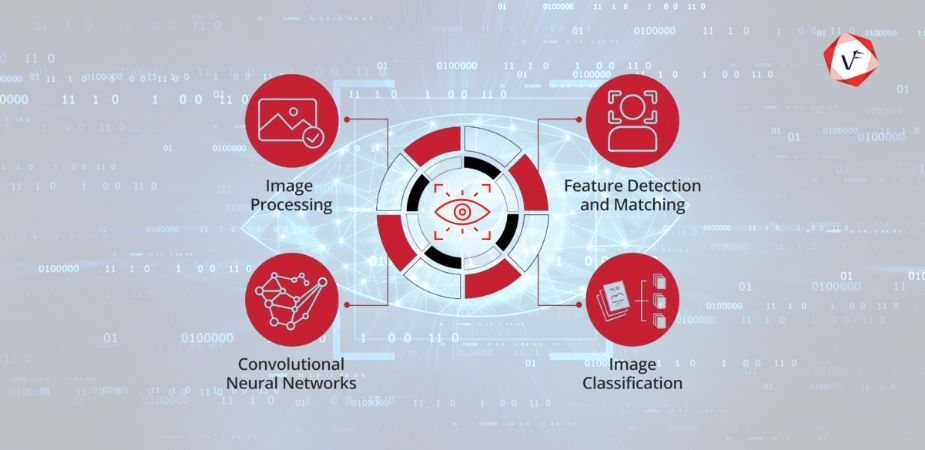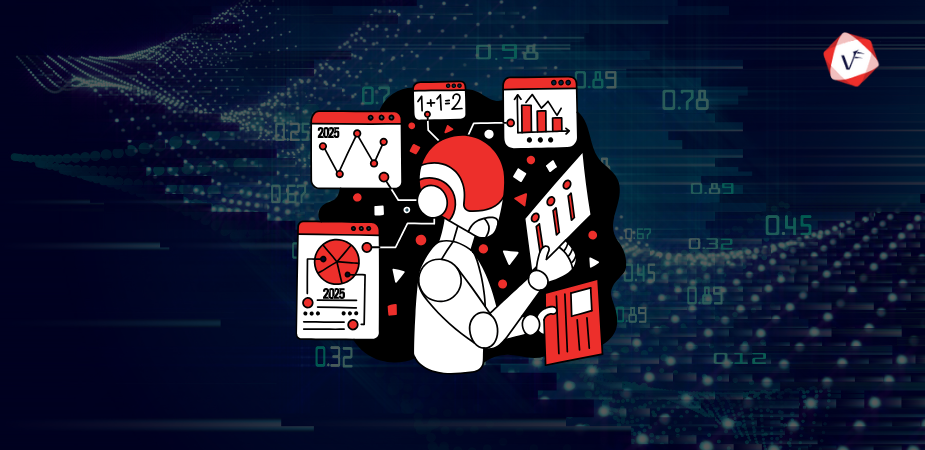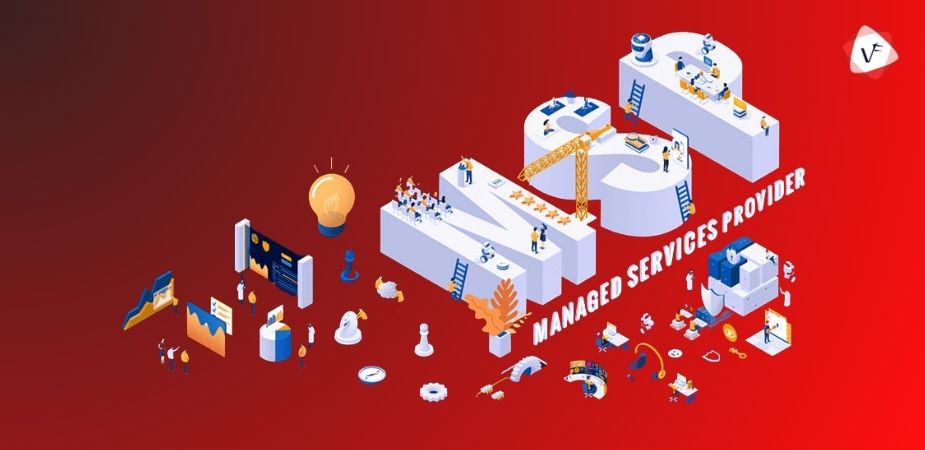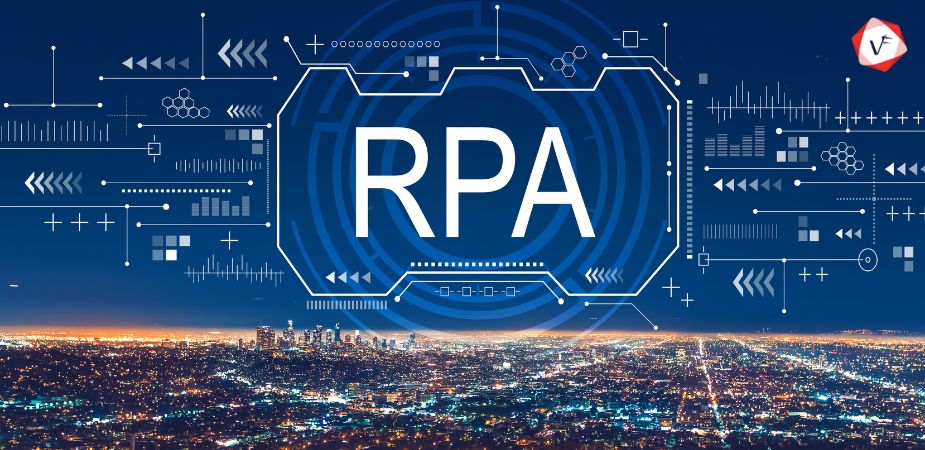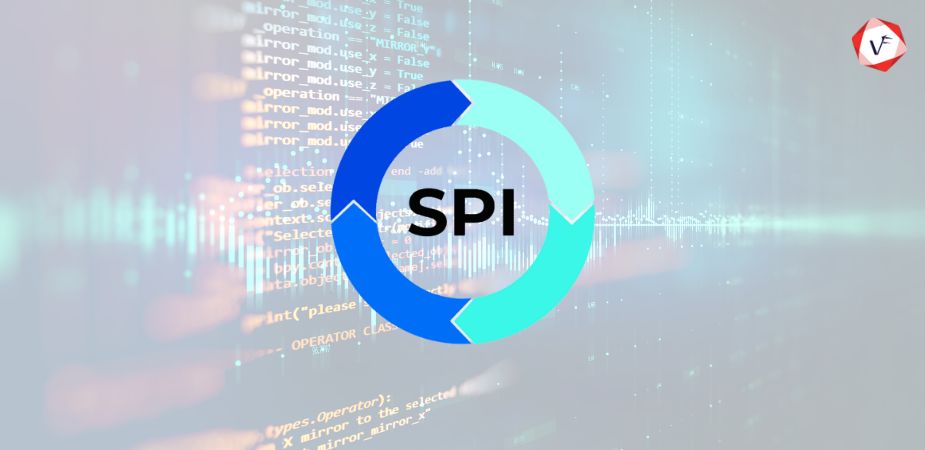The Four Stages Of Data Modernization
Companies with large on-premises data systems are likely to be working on projects to modernize their data to solve business problems, but the transition from on-premises can be difficult. At Vofox, our data modernization strategy provides a widely available, relevant, and secure platform that saves money and has the insights to assess personalization and forecasting.
Companies must modernize their static and dynamic dataflows, connect applications with traditional and prospective data sources, and implement significant data governance guidelines in order to drive intelligent data-based strategic planning for the most challenging results. We have a team of data experts at Vofox who are concerned with your data. We get to know your organization inside and out before recommending the finest data modernization solution to help you become more productive, profitable, and successful.
Following are the stages included in data modernization:
Stage One: Migration
Most data transformation projects begin with data migration. While this may be an essential first step, there is a risk of overcomplicating or early transforming data prior to migration rather than performing a lift and shift migration. While preparing data for use in the cloud before migration may appear to be a good way to lessen the timeline for integrating advanced analytics and AI, if not prepared correctly or formatted, it can lead to further complications. Furthermore, lift and shifts generally allow for faster migrations, allowing organizations to retire prestige hardware earlier.
Stage Two: Modernization Of Data And Applications
After the data has been outsourced, the next step is to modernize the data and applications. Modernizing data and applications in the cloud can facilitate broad abilities that were previously impossible to attain on-premises. Digitalized collaborative effort on content creation, more available data sharing, easier and more insightful BI dashboarding, and the ability to utilize DevOps to boost time to value for development projects are some examples.
Modernizing data and applications also improve operational efficiency to progress to the third stage, which is to implement modern analytics.
Read more : IBM i Migration or Modernization: What Suits Your Business Needs
Stage Three: Implement Modern Analytics.
Among the most significant advantages of data, modernization is the ability to extract more meaningful actionable insights. Modern analytics can help transferrable skills more about their customers, identify previously unknown trends or behaviors, and make smarter decisions.
Connecting multiple disparate data sources to cloud-based analytics is typically simpler than connecting on-premises databases to comparable solutions. Cloud-based data transmission lines are generally easier to build because they do not have to account for issues such as data gravity or situations where on-premises databases may not be always widely available.
Stage Four: Use AI And Machine Learning To Innovate.
The ultimate stage of data modernization is to use AI and Machine Learning (AI/ML) to innovate. AI/ML solutions can assist businesses in addressing a variety of business hurdles.
In recent years, organizations have used AI/ML in a variety of applications. As an example, utilizing analytics data from different stores can assist retail organizations in optimizing supply chains and providing more accurate modeling. Manufacturing companies have used AI/ML solutions to help eliminate waste by predicting wear and out-of-spec production using IoT data.
Enterprises that want to learn more about their clients have used AI and machine learning to create consumer segments, predict customer behavior, and make marketing choices based on those profiles and predictions. Specific AI/ML implementations can be industry- or even international groups, but they have enormous potential for innovation. Because of the potential of AI/ML, many organizations that implement it find that they would never stop updating.
Final Thoughts
Businesses require a clear strategy for transforming how they procure, analyze, and receive information. This necessitates adaptable data structures as well as a contemporary data and analytics platform capable of transforming obstacles into a launching point through informative and relevant knowledge. Data Modernization services facilitate the development and delivery of a simpler, flexible, and adaptive data ecosystem, providing enterprises with real-time insights.
Vofox’s Data Modernization offerings support enterprises in getting a sense of their current data environment and assisting them in optimizing, modifying, and documenting it, ultimately assisting enterprises in reducing time-to-insights.
Companies can easily migrate, modernize, and handle their databases on numerous public, private, and hybrid cloud possibilities from prestige ecosystems, online services, software products, and platforms. For the best data outcomes, store and process data flows from a single cloud or across various cloud architectures or on-premises ecosystems.
Read more: Tools for Modernising IBM i Applications

